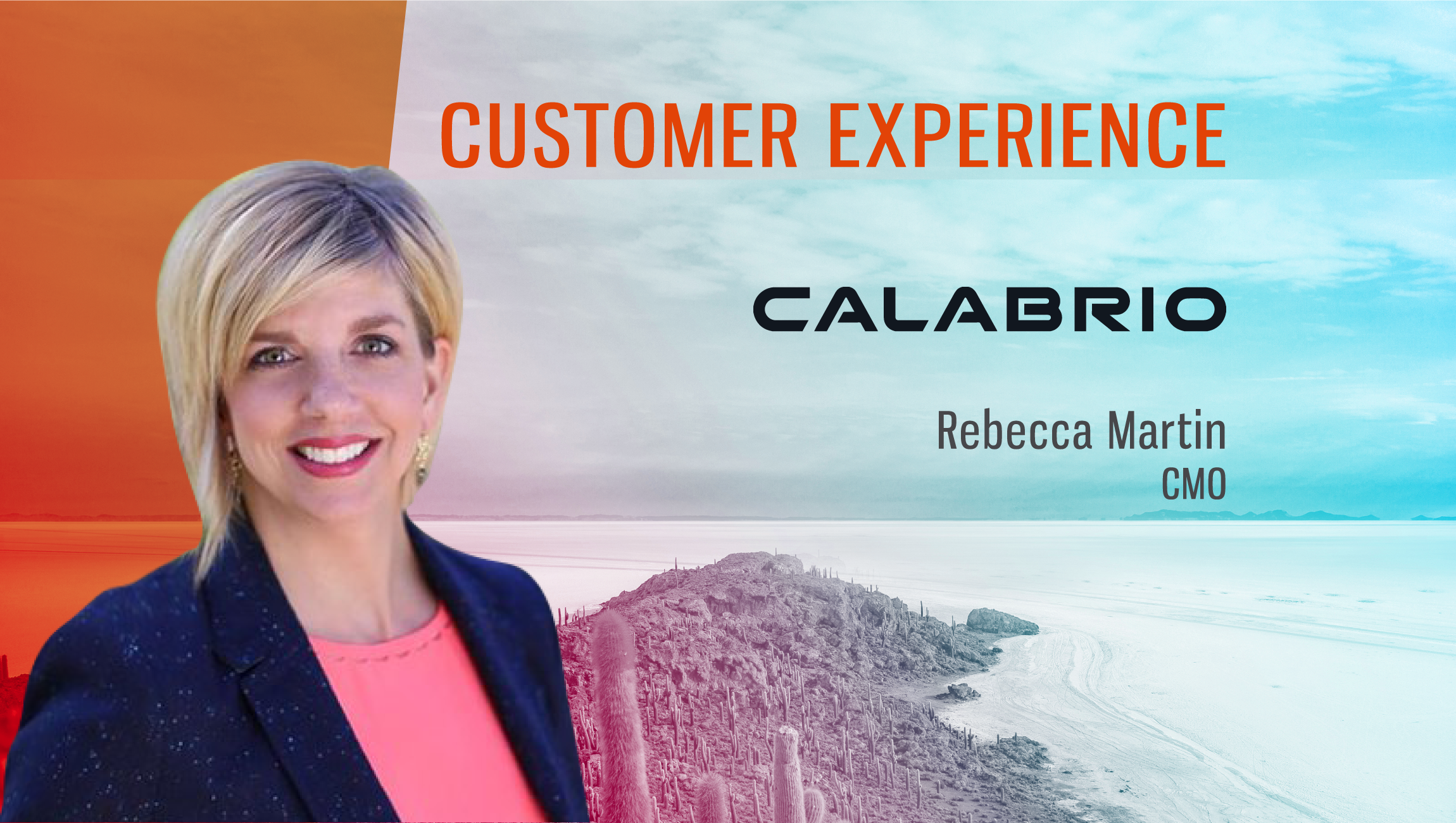![]() We’ve long-known that data is a marketer’s most valuable resource, many calling it the new oil. Companies are allocating billions of dollars to acquire more of it. Their investments are also quickly expanding to new technologies, such as Artificial Intelligence (AI) and Machine Learning, to help process and analyze data.
We’ve long-known that data is a marketer’s most valuable resource, many calling it the new oil. Companies are allocating billions of dollars to acquire more of it. Their investments are also quickly expanding to new technologies, such as Artificial Intelligence (AI) and Machine Learning, to help process and analyze data.
As these technologies enable smarter decision making, even the most sophisticated MarTech stacks will fall short if the data doesn’t provide the value required for accurate predictions. As AI and Machine Learning become more prevalent, the “garbage in, garbage out” principle becomes amplified. The right data leads to better decisions, but where do you start?
Read More: Fix Don’t Stitch: CMOs, Beware of the Data Frankenstein Monster You’re Creating
Consolidating Customer Data
The first step in the process of making better decisions is to ensure you have your own data organized correctly. The choices you make will be heavily influenced by how your business operates, your existing technologies, and the type of outcomes you’re trying to drive. But, no matter your technology stack, a solid view of the customer journey can be gained by capturing clean data on your own customer interactions.
This data provides valuable insight about customers’ direct experience with you, allowing you to optimize one part of the equation. In our experience with hundreds of customers, we’ve seen consolidation in data warehouses, customer data platforms, marketing automation systems, CRMs, and a plethora of other systems. The most important work to be done is to consolidate the data into a place where you can start to find correlations and widen your view of each individual customer — or identity resolution.
Add Value to Your Data
The second step in the process towards making better decisions is to ensure you have relevant data about your customers and prospects that helps you take decisive action. When you consolidate your customer activity data, you begin to expand your view by understanding the places you don’t have coverage or clear details.
In some cases, the data you need is simple demographic data so you can better segment your audiences. But in most cases, demographic data is not sufficient. Consider the quote from Todd Yellin, VP of Product Innovation at Netflix, “It doesn’t really matter if you are a 60-year-old woman or a 20-year-old man because a 20-year-old man can watch Say Yes To The Dress and a 60-year-old woman could watch Hellboy.”
We are seeing a similar dynamic at Jornaya where for many of the companies we serve, the biggest need is in understanding customer behaviors and intent. By layering on additional information about behaviors occurring outside of a company’s owned properties, marketing teams can start to create rich campaigns that are more tailored to specific customer needs — the right time with the right message.
Read More: Data and Creativity: Stronger Together
Creating Predictions and Campaigns
Using data to create those better campaigns is the third step in this process. Depending on the level of sophistication of your marketing and IT teams, you may be building campaigns with simple if/then rules or you may be working from a deep learning algorithm that processes billions of interactions per day. In either case, the goal is to deliver more tailored messages to your customers when they want them.
While additional data sources allow you to create more tailored campaigns, it’s often best to consider what you’re going to do with every bit of data and how it’s going to be used in segmentation or action triggers. Each piece of data should add specific value to a part of your marketing process.
For example, some of our customers utilize most of the data points that we provide them while others are better served by consolidated predictions. In each case, the best type of data for marketing teams tends to be determined by how the data is going to be used in campaigns and what their teams are trying to accomplish.
Read More: Cashing out on your Audience Databases: Here’s Why your Online Viewers Really Matter
Finding the Right Combination
Just as we don’t want data for data’s sake, we don’t want technology for technology’s sake. The right combination of data and technology creates a far more intelligent and actionable marketplace for all players, empowering you to make better decisions and drive performance.
Along these lines, we expect to see more and more consolidation of datasets to drive predictive analytics, customer intent, and personalization. And data-as-a-service (DaaS) companies can help as they build technologies to organize and provide access to your customers’ journey behaviors. The predictive data products they offer enable you to deliver the smartest and safest interactions.
In the end, working with the right data, the right technology, and the right partner will help you know when and how to most effectively engage with your customer, which means both you and your customer win.
Read More: The Evolving Role of the CMO: Digital Tools and Data-Driven Decisions











